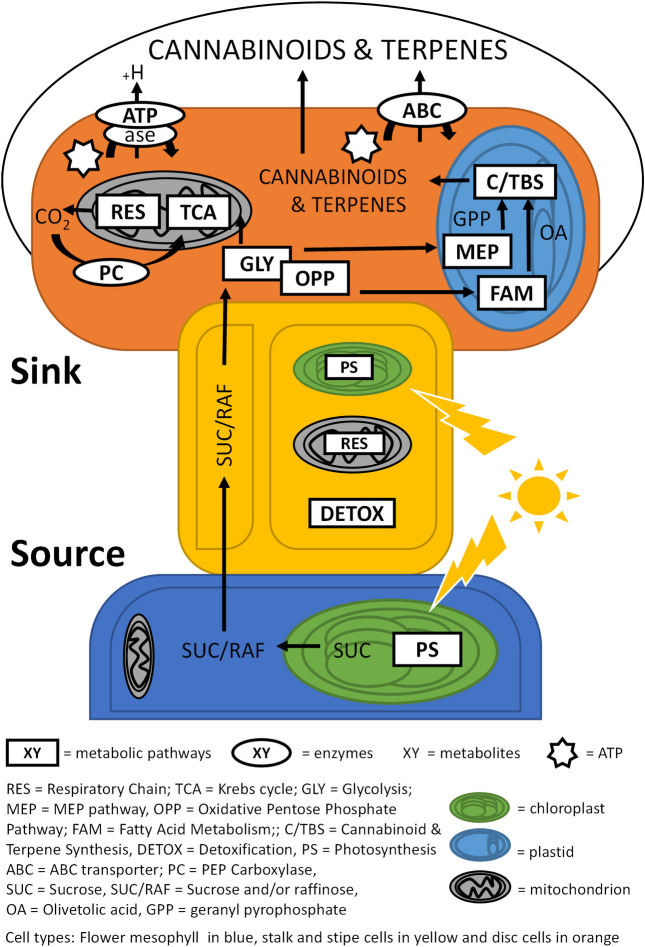Fig 8. Carbon flow schematic of C. sativa glandular trichomes.
Mesophyll tissues of the late-stage flowers (blue) are source tissues for the photosynthetic (PS) production of sucrose (SUC). Sucrose and/or raffinose (SUC/RAF) are transported through glandular trichome stalks (yellow) to glandular trichome head sink tissue (orange) via yet unidentified mechanisms. Sugars in the glandular trichome heads are shunted into glycolysis (GLY) and the oxidative pentose phosphate pathway (OPP) to supply carbon to mitochondria and plastids. In mitochondria, catabolites enter the Krebs cycle (TCA) and respiratory chain (RES) for energy production. Resulting carbon dioxide is partially recycled through pep-carboxylase (PC) activity, and the ATP producedis used to generate proton gradients through ATPase activity and to drive primary active transport energised by ABC transporters (ABC). In plastids, catabolites can support terpenoid and cannabinoid biosynthesis (C/TBS) through the MEP pathway and, in case of cannabinoids, additionally through fatty acid metabolism (FAM). Stalks show PS and RES activity in addition to active detoxification (DETOX).

